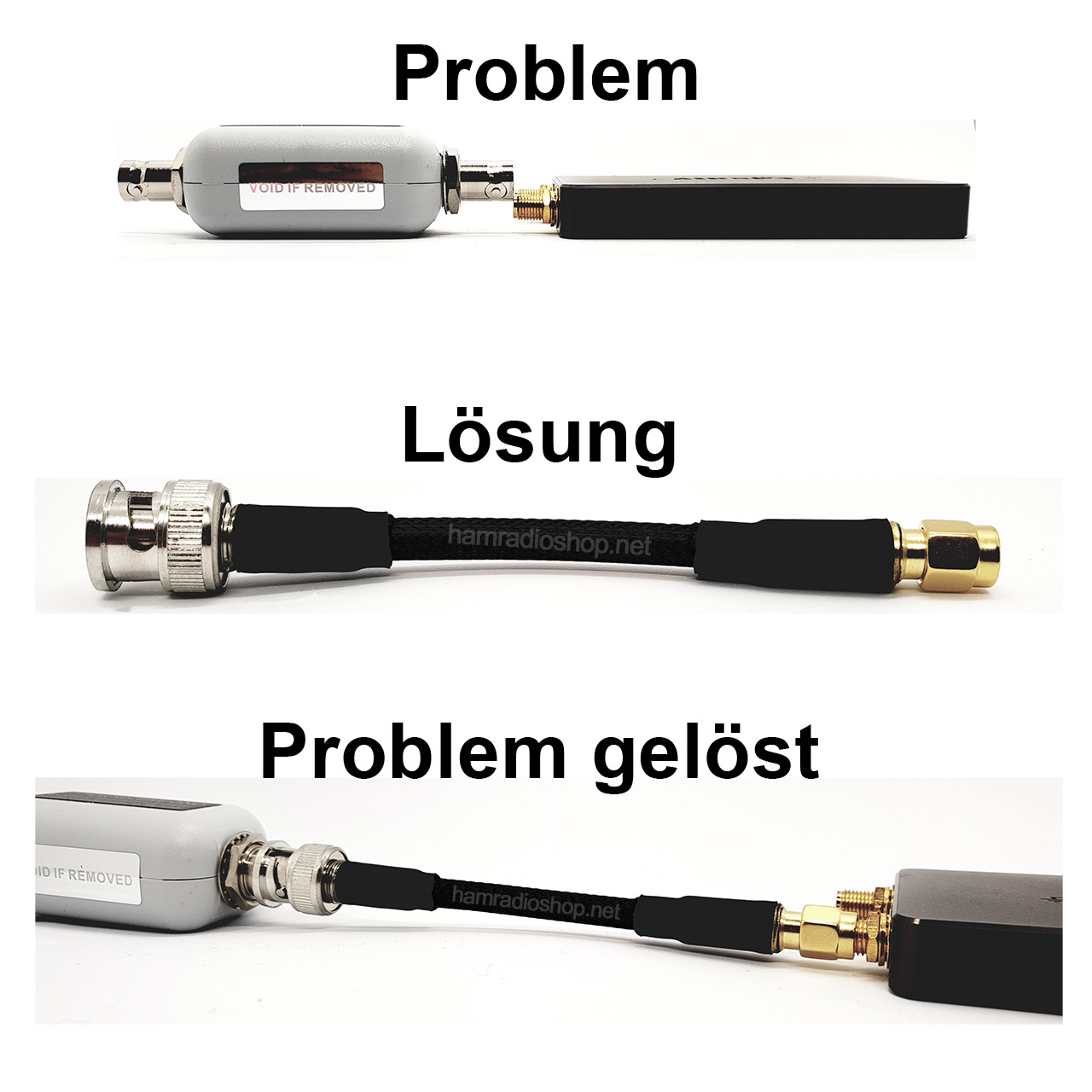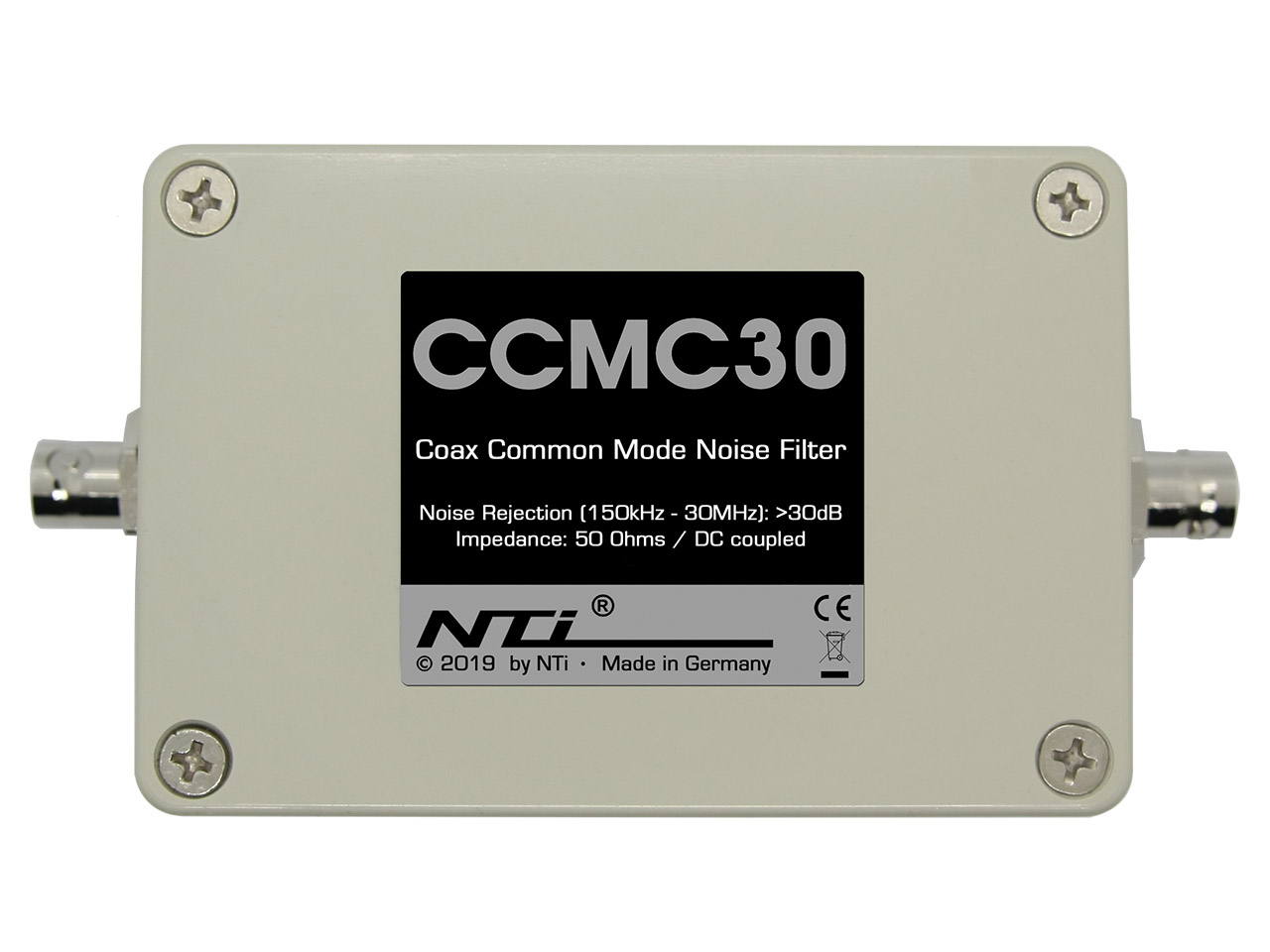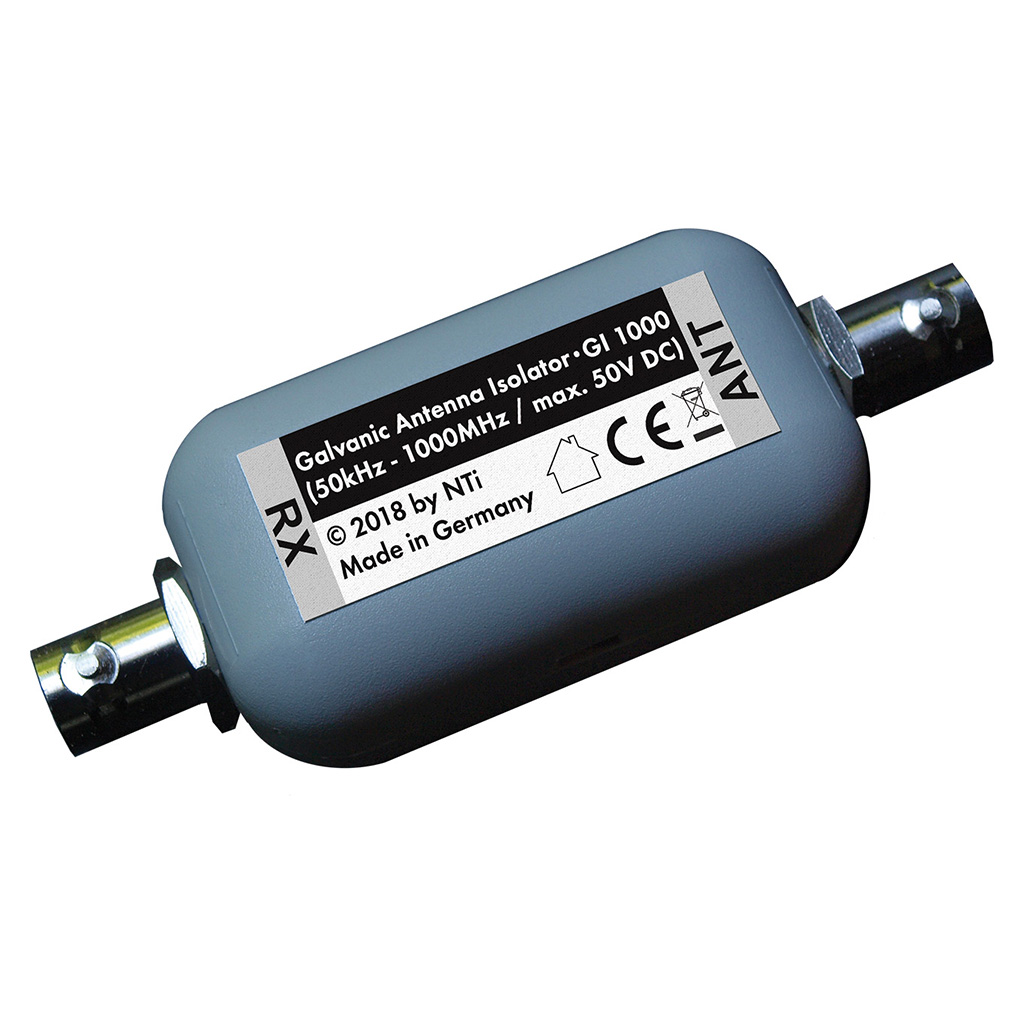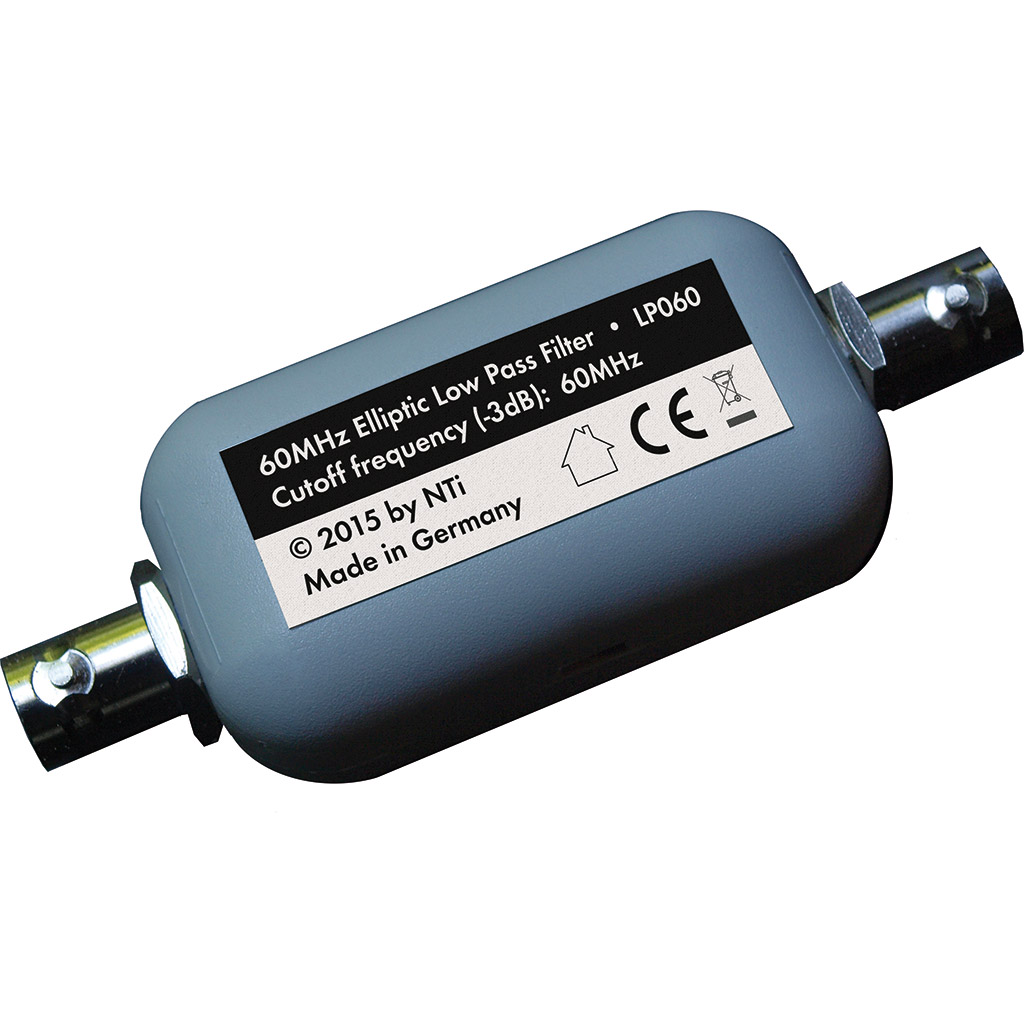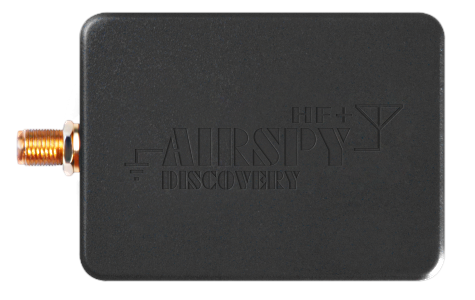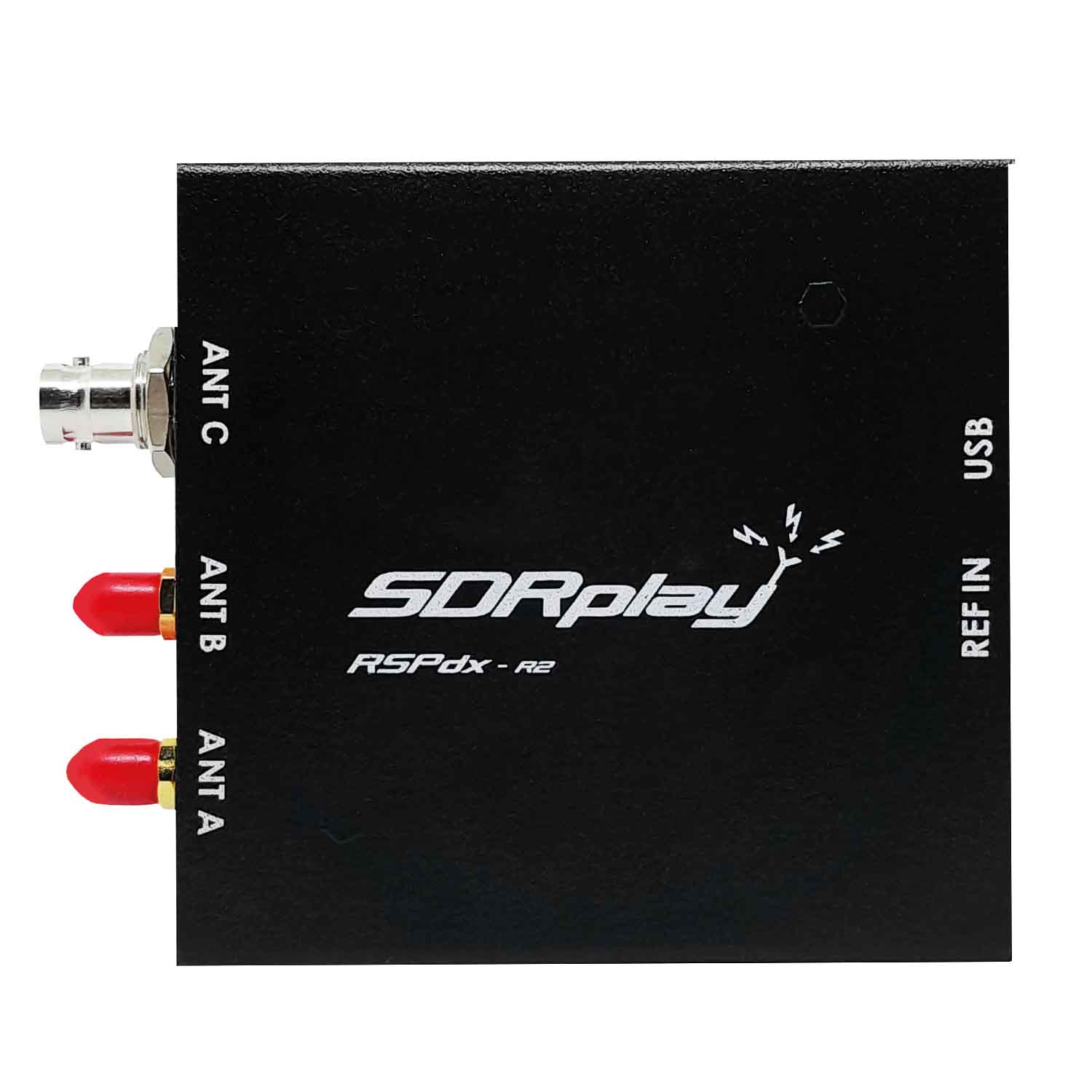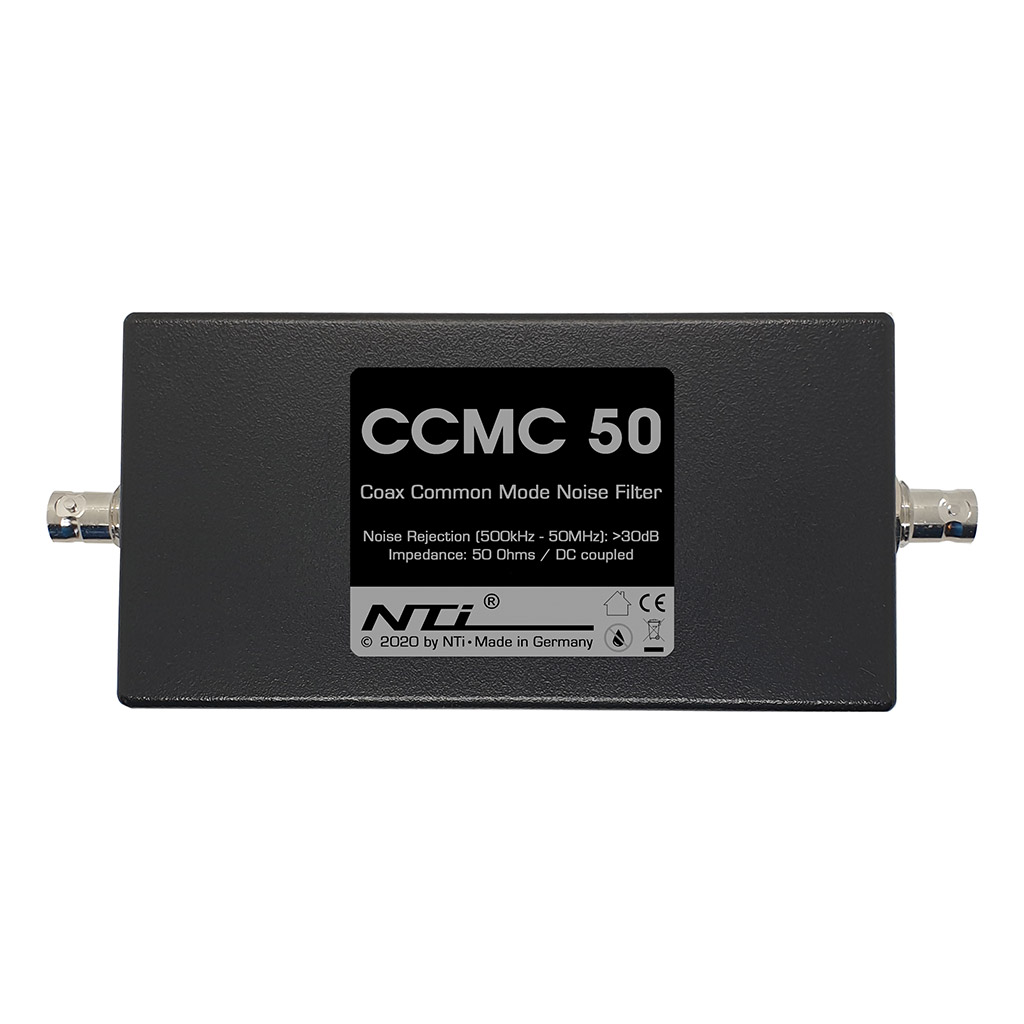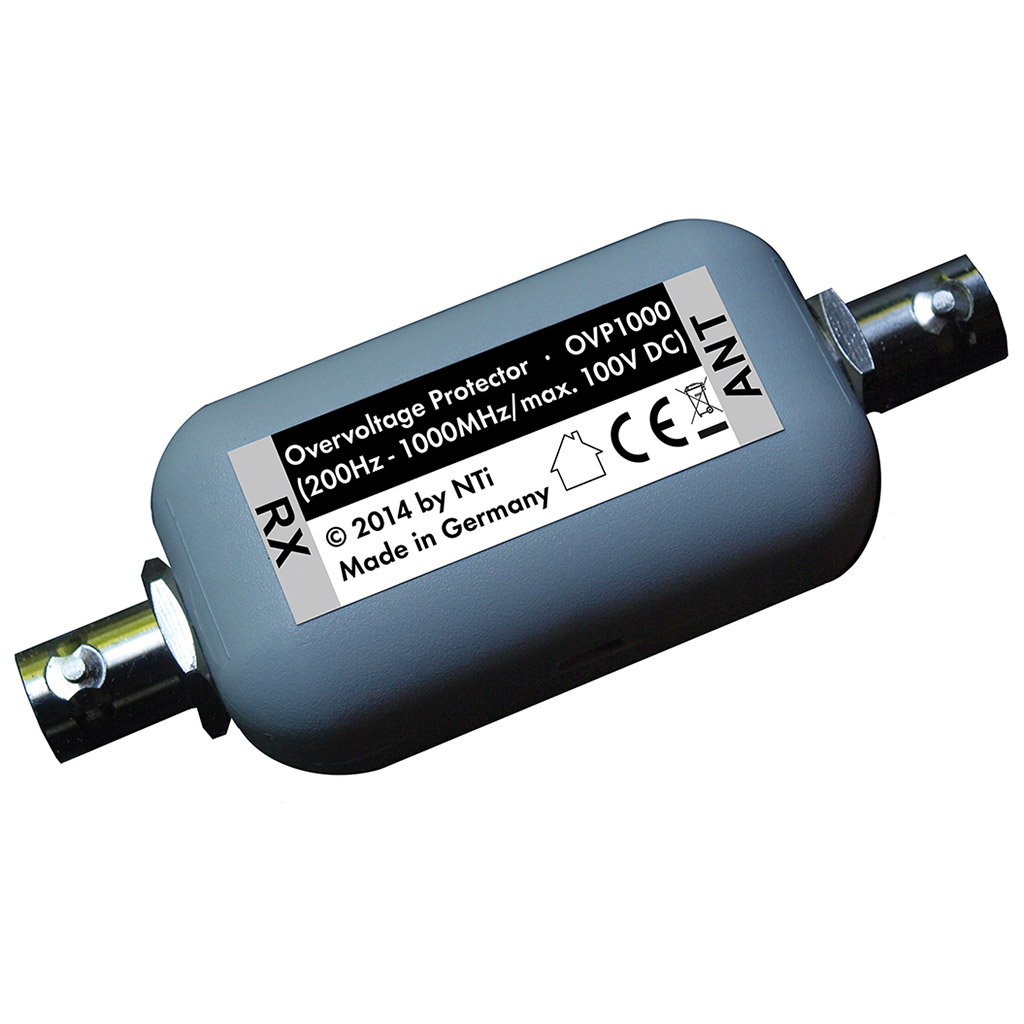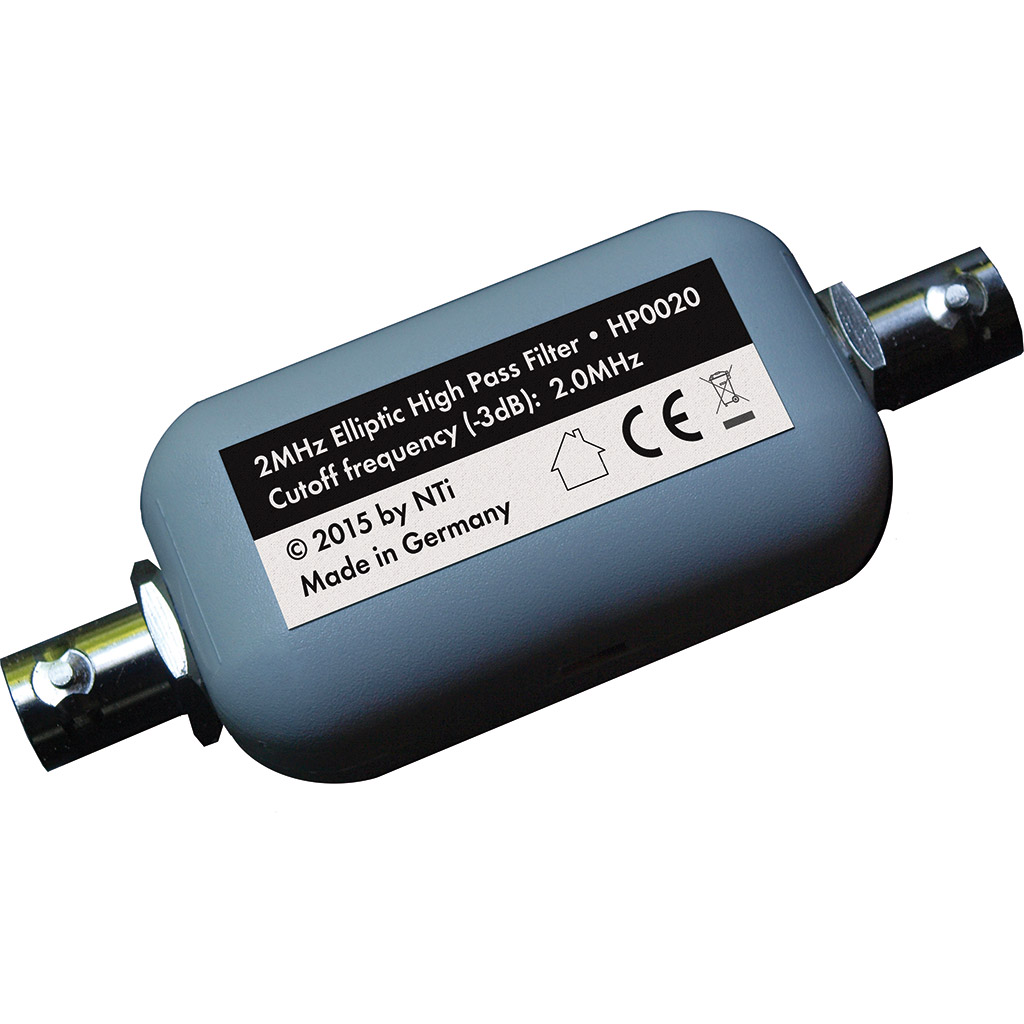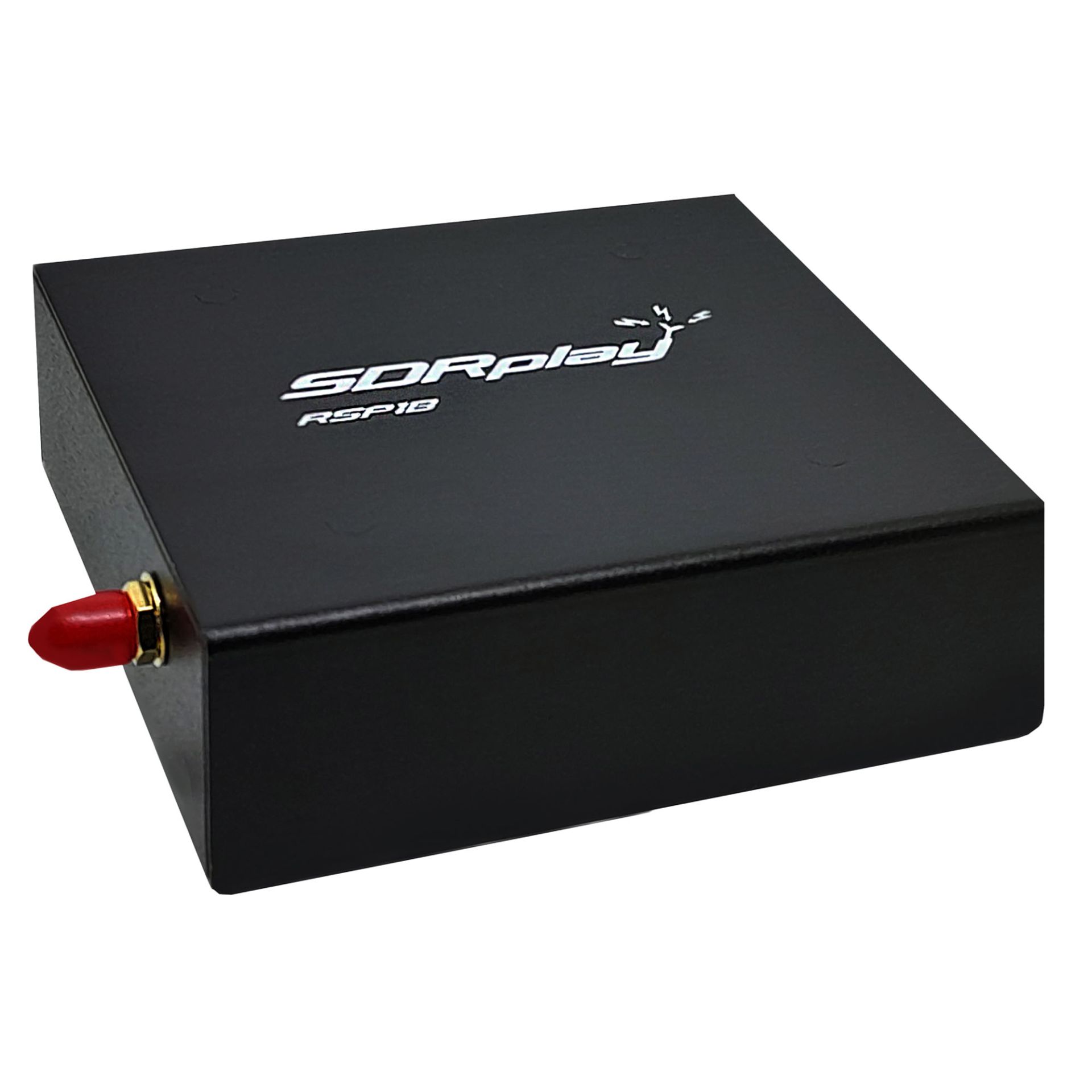Mini adapter cable
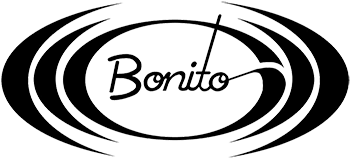
Product information "Mini adapter cable"
Mini adapter cable
Very short, flexible adapter cable made of Hyperflex 5 for short connections in top quality.
The mini adapter cable is the ideal solution if you either want to connect two devices of different sizes or need a short, flexible coax connection.
If you want to connect small SDRs like the Airspy HF+ with accessories like the GI300/or GI1000, there is often a problem: the BNC adapter and the GI300 or GI1000 are much bigger than the HF+ SDR receiver. Now you could use a regular adapter cable, but since the GI300/1000 separates the ground from the line, the cable must be as short as possible, but still flexible enough to bridge the height difference. Also, it is often not a good idea to plug the GI 1000 directly into a device, as the weight could damage the socket.
This mini adapter cable consists of a short piece of Hyperflex 5 with SMA or BNC connectors. The result is impressive and works very well.
Accessory Items
previously €259.00*

